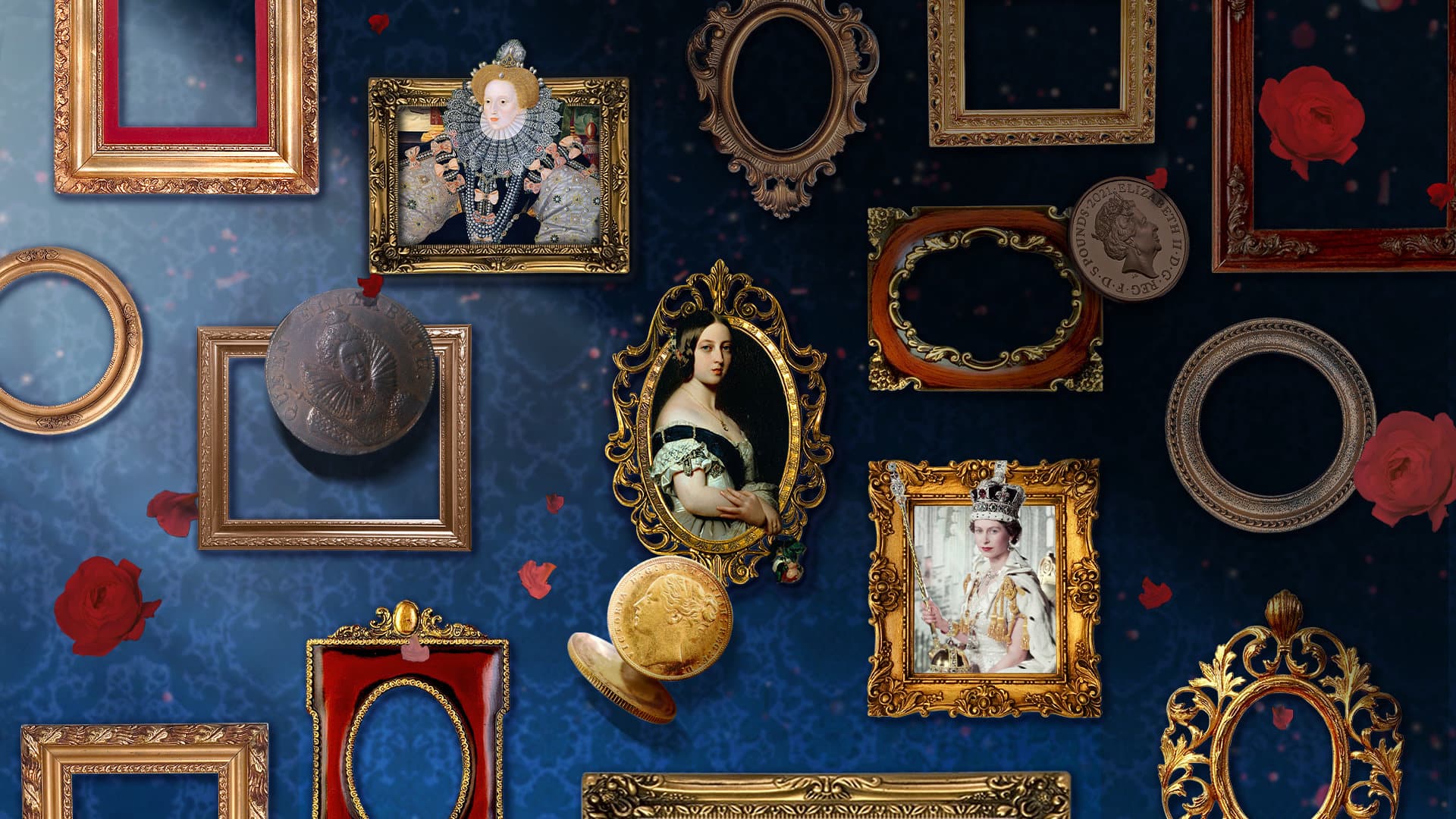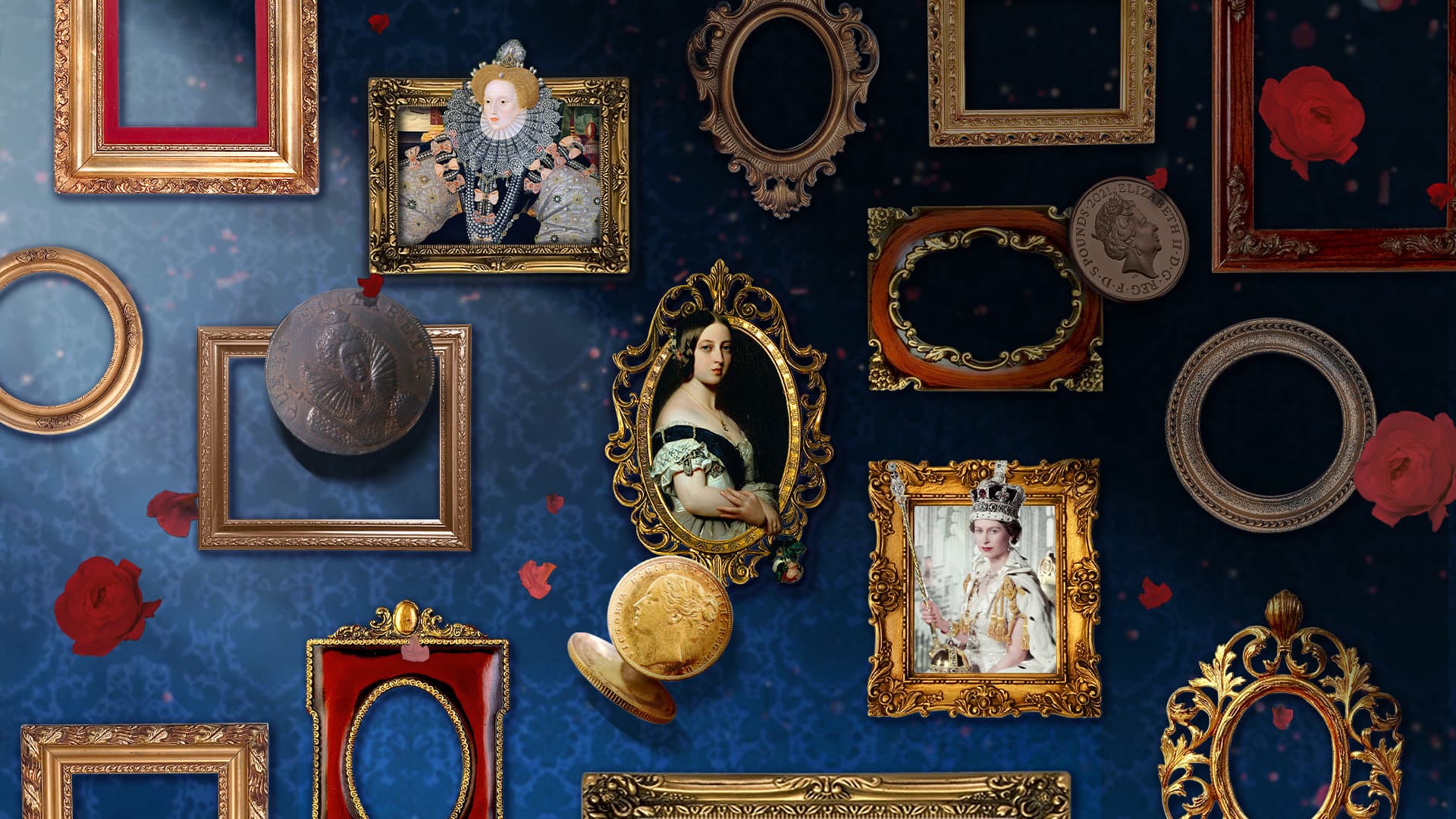
British Antique Museum
英国アンティーク博物館- Kamakura StationYokosuka LineEnoshima Electric Railway Line
- Walk 9 minutes
The British Antique Museum, known as BAM Kamakura, stands as Japan's first museum dedicated exclusively to British antiques. Located along the historic Dankazura shrine approach in Kamakura, this cultural destination bridges two distant worlds through the universal language of craftsmanship and time-honored beauty.
A Vision Realized
Director Masaomi Dobashi opened the museum in September 2022 with a singular mission: to pass on the stories and artistry of British craftsmanship to future generations. His extensive private collection, gathered over many years, forms the heart of the museum's displays. Each piece represents more than aesthetic value - these are objects that have witnessed history, endured through time, and carry what collectors call "patina," the lustrous quality created by decades of care and use.
The museum defines antiques as objects of artistic and historical significance that are at least 100 years old. Every item on display meets this criterion, offering visitors authentic glimpses into Victorian and Edwardian Britain through furnishings, decorative arts, and everyday objects that once graced British homes.
Architectural Heritage
Renowned architect Kengo Kuma designed the museum building, creating a structure that honors both Japanese and British cultural traditions. The facade draws inspiration from Kamakura-bori, a local wood carving technique that symbolizes the region's historic culture. Rather than incorporating conventional windows, Kuma opted for a minimalistic approach, allowing the carved wooden exterior to become the building's defining feature.
This design philosophy reflects the architect's belief that the building itself should embody the same timeless qualities as the antiques it houses. The location holds additional significance - the museum sits near the ancient Oyatsu forest behind Tsurugaoka Hachimangu Shrine, a natural area preserved through local conservation efforts inspired by the British National Trust movement in the 1960s.
The Sherlock Holmes Experience
The third floor features a meticulously recreated room belonging to literature's most famous detective, Sherlock Holmes. Based on descriptions from Sir Arthur Conan Doyle's original novels, written between 1887 and 1927, this space brings Victorian London to life through authentic period pieces.
The Holmes room contains genuine antiques directly connected to the detective's world: a working fireplace, period-appropriate chairs, a violin, medicine bottles, and other Victorian-era items. These are not reproductions but actual objects used by people over a century ago. The recreation allows visitors to step into the atmospheric world that has captivated readers worldwide for generations.
Exploring the Collection
The museum arranges its collection thematically across multiple floors, each space offering a distinct perspective on British design and daily life. From Victorian elegance to Georgian refinement, the displays showcase the evolution of British aesthetics and craftsmanship throughout different historical periods.
On the ground floor, visitors encounter the Black Cab Cafe, where a vintage London taxi adds an unexpected contemporary touch to the historical setting. This juxtaposition of old and new reflects the museum's broader philosophy of making antiques accessible and engaging for modern audiences.
Cultural Connections
The relationship between Japanese and British culture runs deeper than many realize. Scottish architect Charles Rennie Mackintosh drew inspiration from minimalist Japanese design in creating his famous works, including the Ingram Street Tearooms, now restored in Scotland's V&A Dundee Museum, another project where Kuma served as lead architect.
BAM Kamakura continues this cross-cultural dialogue, situating British antiques within the context of Kamakura's samurai heritage. Both cultures share values of craftsmanship, attention to detail, and respect for objects that transcend their utilitarian purposes to become works of art.
The Philosophy of Preservation
Director Dobashi emphasizes that encountering genuine craftsmanship allows us to receive wisdom from the past. The museum's goal extends beyond mere display - it seeks to help visitors understand and appreciate the artistry embodied in everyday objects. In an era of mass production and disposability, these antiques demonstrate what becomes possible when makers dedicate themselves to their craft.
Interestingly, younger generations are rediscovering this appreciation naturally, seeking out the authenticity and character that only time can create. The museum aims to nurture this awakening interest by presenting classic craftsmanship in ways that resonate with contemporary sensibilities.
At Hey Japan!, we strive to keep the places listed on our website as current as possible. However, it is important to note that location owners or management may make changes to their plans, including canceling events, altering opening times, or modifying admission requirements, without prior notice. To ensure that you have the most accurate information, we recommend checking official websites before visiting any location.
Last Updated:











